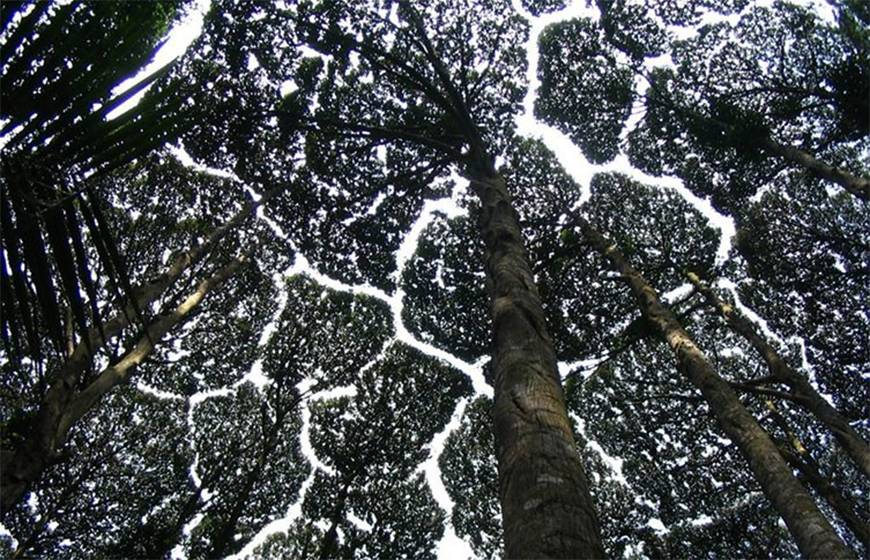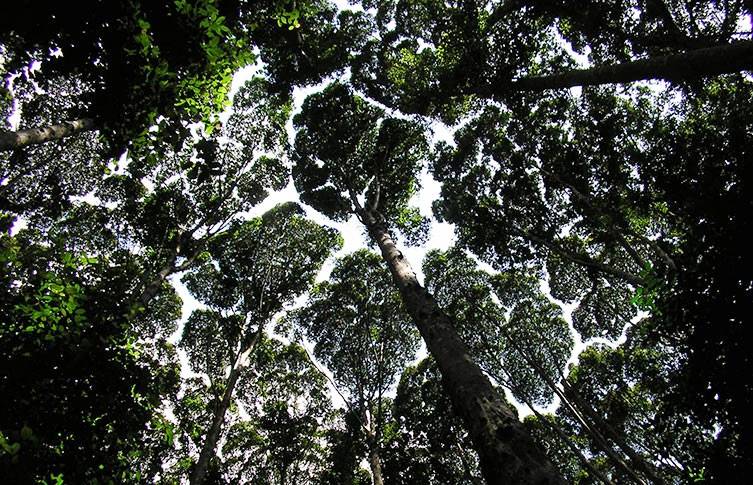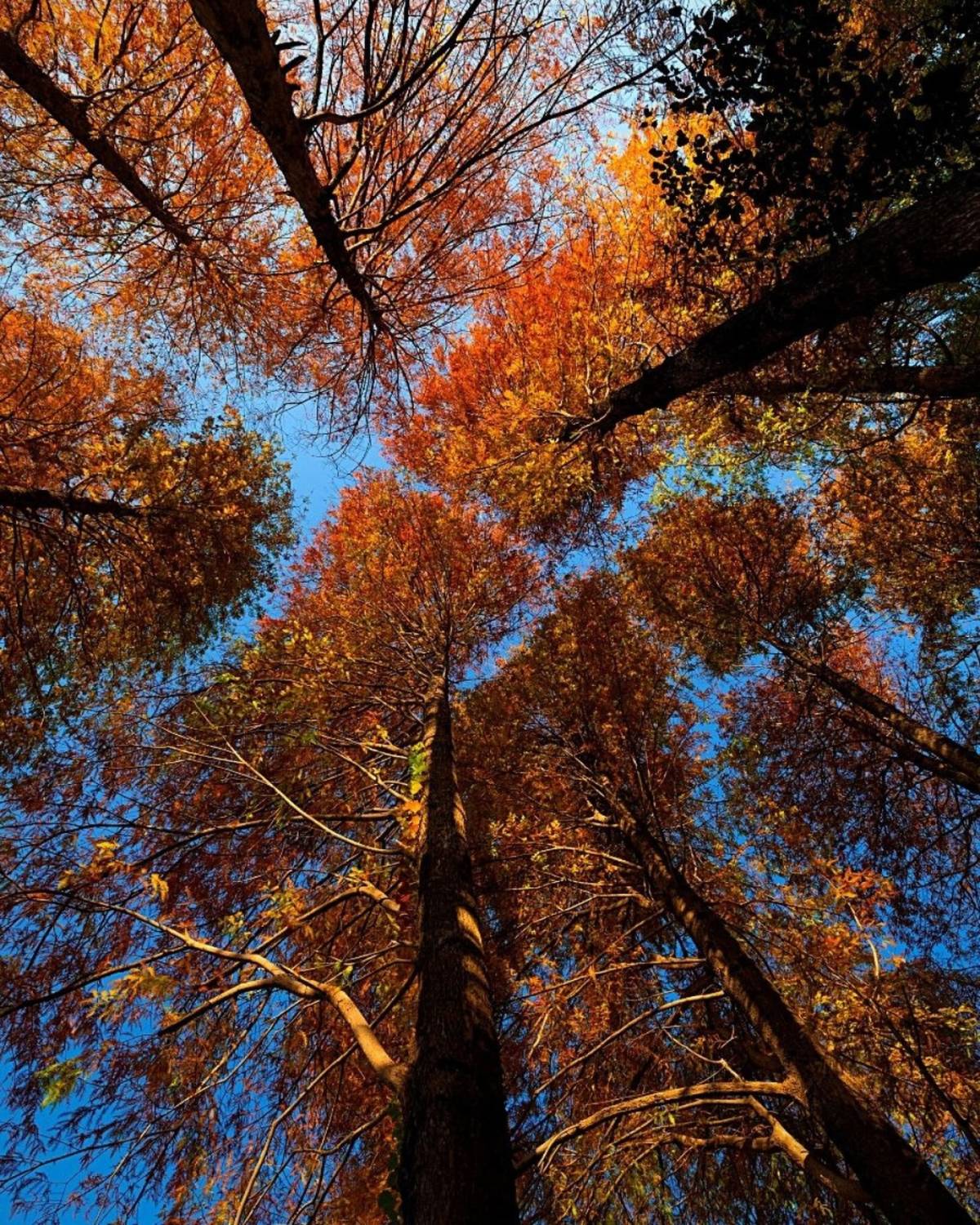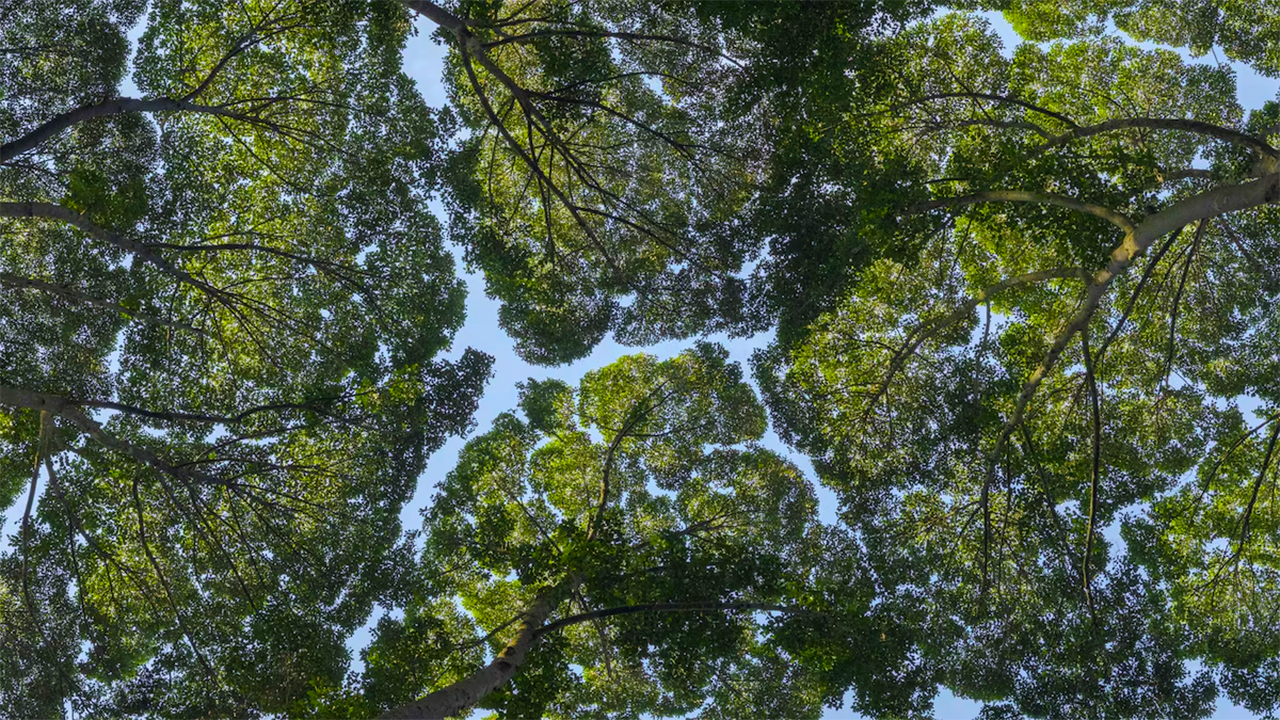Yet, in certain forests around the world, something fascinating happens: trees deliberately keep their distance. If you look up, you might notice channel-like gaps forming between treetops, almost as if the trees are practicing social distancing. This remarkable occurrence is known as crown shyness, a phenomenon that has intrigued scientists for nearly a century.

Unlike human social distancing, crown shyness is not about viruses but about survival, adaptation, and competition for resources. Researchers have observed crown shyness in species such as black mangroves, Japanese larches, eucalypts, and even between trees of different species. Although scientists do not fully agree on the exact cause, they suggest multiple explanations ranging from mechanical abrasion caused by wind to trees actively detecting light and avoiding encroaching on neighbors. Beyond its scientific mystery, crown shyness may also provide ecological benefits, allowing light to filter to the forest floor and even reducing the spread of pests and diseases.
So, why do trees avoid touching each other, and what does this behavior mean for the ecosystems they form? Let’s explore the science and secrets behind crown shyness.
What is crown shyness?
Crown shyness refers to the visible gaps between the outer branches of trees that prevent their canopies from fully overlapping. From below, these spaces look like puzzle pieces outlining the sky, creating a striking mosaic above the forest floor. This phenomenon has been observed since the 1920s and continues to be a subject of scientific curiosity.
It does not occur in all tree species, but it is common among certain groups, including black mangroves (Avicennia germinans), lodgepole pines (Pinus contorta), Japanese larches (Larix kaempferi), and several eucalyptus species. Interestingly, crown shyness is most often seen between trees of the same species, but it can also occur between different species such as the spiny hackberry (Celtis spinosa) and the amberoi (Pterocymbium beccarii).
This “social distancing” of treetops can sometimes even occur within the same tree, as individual branches sway and avoid overlapping.
The wind abrasion hypothesis
One of the earliest and most widely accepted explanations for crown shyness is wind abrasion. When trees of similar height sway in the wind, their branches rub against each other, causing repeated breakage and damage to the delicate growing tips. Over time, this constant abrasion prevents branches from filling in the space between trees, leaving clear gaps.

A 1955 study in northeastern Australia supported this theory after observing eucalyptus trees exposed to strong winds. Researchers noted that the sensitive tips of branches were often damaged when trees made contact, leading to natural spacing. Similarly, a 1984 study in Costa Rica on black mangroves found that during calm weather, branches interlocked like puzzle pieces, but in windy conditions they frequently collided, resulting in broken twigs and fewer leaves at canopy edges.
While this theory is compelling, it does not explain all cases of crown shyness, especially in regions where wind conditions vary greatly.
Could light detection explain crown shyness?
Another explanation focuses on how trees sense light. Plants are capable of detecting specific wavelengths of light, such as far-red light, which signals the proximity of nearby foliage. By recognizing these signals, a tree may halt growth in certain directions to avoid overlapping with its neighbors.

Research on the Malay camphor tree (Dryobalanops aromatica) showed no evidence of abrasion, suggesting that crown shyness in this species is more likely a response to light detection than physical contact. This ability to sense light ensures that each tree optimizes its photosynthesis potential without wasting energy competing directly for space.
This hypothesis highlights how crown shyness may not be caused by a single factor but rather a combination of mechanical and biological processes.
Ecological benefits of crown shyness
Beyond the mystery of its causes, crown shyness may serve important ecological functions. By leaving gaps in the canopy, more sunlight penetrates to the forest floor, supporting the growth of understory plants. This additional light also benefits wildlife that depends on lower vegetation for food and shelter.
Furthermore, by keeping their branches from touching, trees may reduce the spread of harmful insects and diseases. Just as social distancing helps reduce the transmission of viruses among humans, canopy distancing could help prevent leaf-eating pests or fungal infections from spreading quickly through a forest.
In this sense, crown shyness is not simply a passive occurrence but could be an evolutionary adaptation that promotes the health of entire forest ecosystems.
Why crown shyness matters
Crown shyness remains one of the most visually stunning and scientifically intriguing forest phenomena. Whether caused by wind abrasion, light detection, or a combination of both, it highlights the complex strategies trees use to survive and thrive in competitive environments.
For scientists, understanding crown shyness not only sheds light on how plants interact but also on how ecosystems balance competition and cooperation. For the rest of us, it serves as a reminder that even silent, rooted trees have remarkable ways of shaping the world around them.
Next time you walk through a forest and look up, notice the gaps in the treetops. Those spaces are nature’s way of reminding us that even in competition, there can be harmony.















Yorumlar
Kalan Karakter: